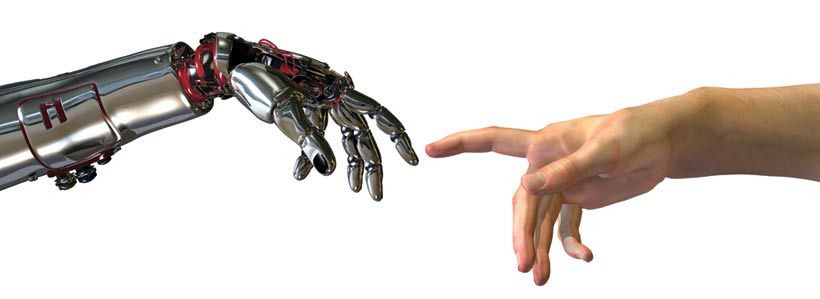Somatosensory Neuroprosthetic Hands? A Look At The Past And Future Of Prosthetics

Extend your hand, right this minute, and touch your computer screen. Immediately — no thought required — you experience its texture and temperature; by feel alone, you know its position and sense its weight. “When we manipulate objects, we have a lot of information about the object coming from signals in our hands,” Dr. Sliman Bensmaia, assistant professor at the University of Chicago, tells Medical Daily. “Without these signals we could not use our hands, basically.” These somatosensory signals, as they are called, form the basis of the next generation of prosthetic limbs.
By restoring sensation to amputees and also motor control, the thinking goes, natural function might be reestablished. And so Bensmaia and his team are working to create touch-sensitive artificial limbs that directly interface with the nervous system. These neuroprosthetics, as they are called, will be controlled by the brain. Recently, the FDA gave the go-ahead for human trials to begin, “but they haven’t really started yet,” explains Bensmaia. He is reluctant to predict when an actual product might appear as he would not want to give false hope to amputees whose dreams and in some cases lives might depend on his work. Still, he said “it’s moving very quickly.” Though his labor has not yet come to fruition, the current generation of artificial limbs are a scientific marvel worthy of great admiration.
A quick look back at the history of prosthetics goes a long way to helping you appreciate the products available today... as well as those that are to come.

Published by Medicaldaily.com



























